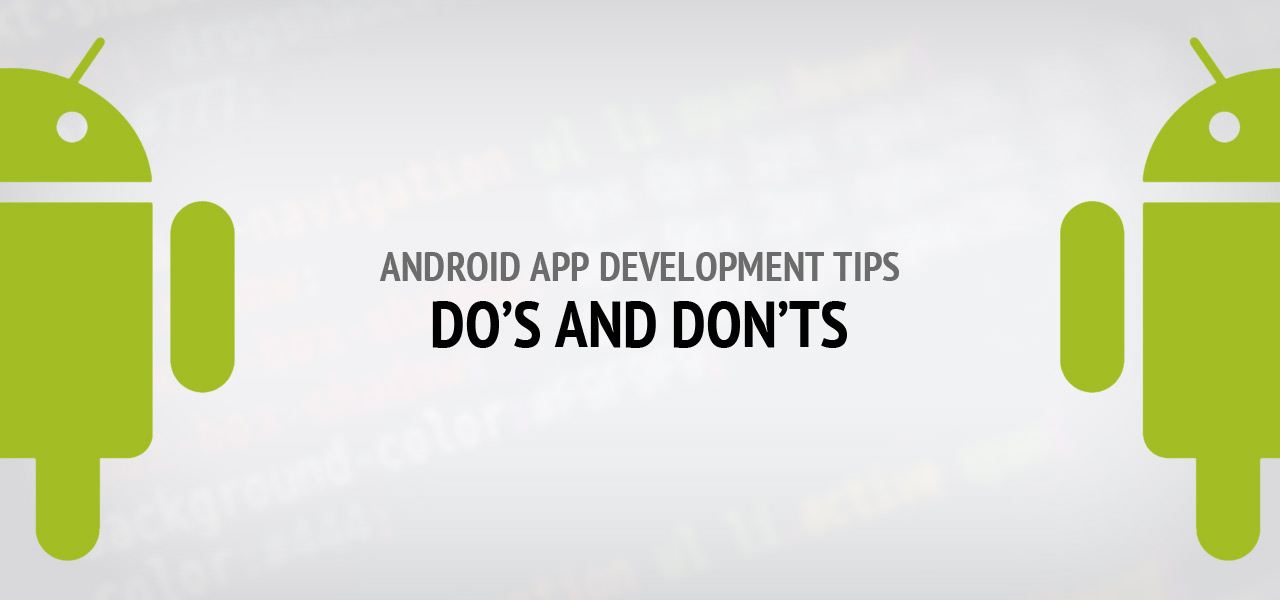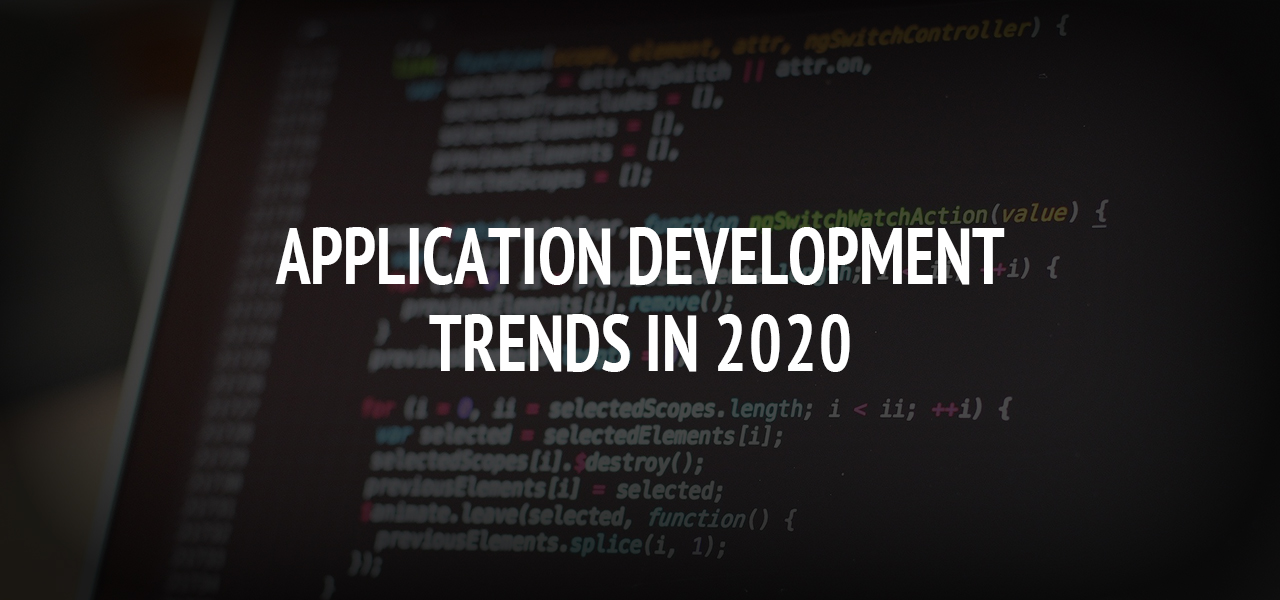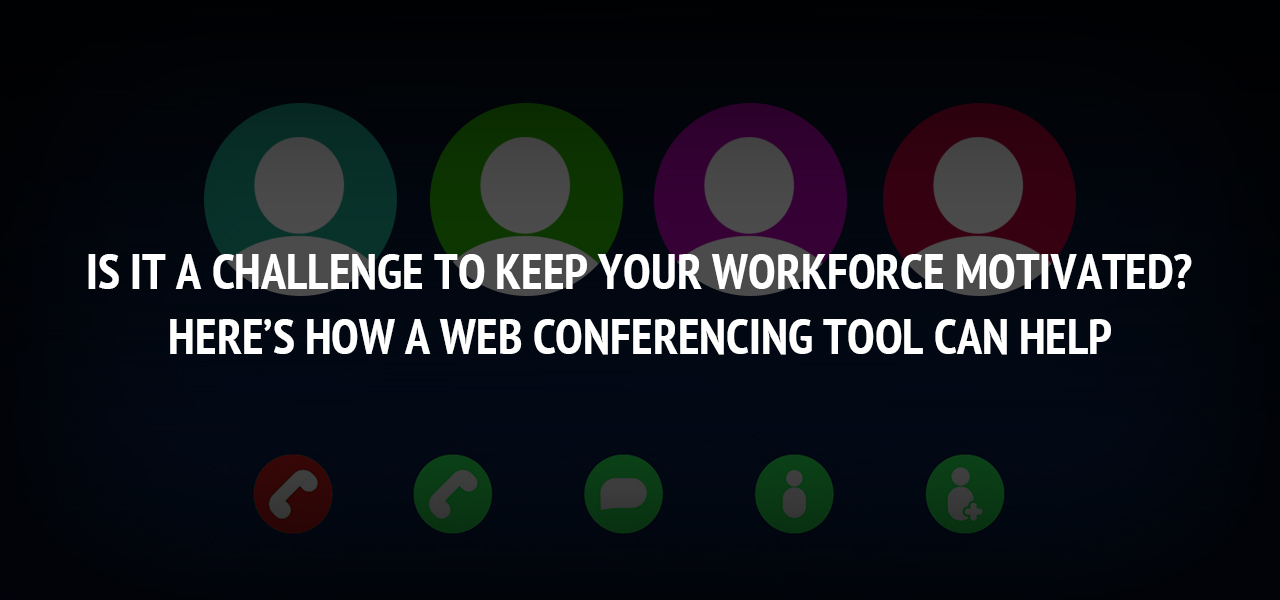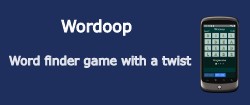Android App Development Tips: Do’s and Don’ts

Do you know what is common between all popular Android apps?
They offer a great user experience.
Being an Android developer, you need to take care of many things to develop next generation, user-friendly apps. From coding to designing, the development of an android app is a multi-step process. If you want to develop an app that appeals to your audience, make sure you are following the below listed do's and don'ts of android apps.
So, what are the Do’s that App developers should follow?
User's security
When developing an app, it’s your responsibility that nothing compromises with a user’s security. As mobile apps are vulnerable to attacks, security is a matter of concern. You need to have a deep understanding of authentication mechanisms, data encryption, and network components when data transfer occurs from the cloud. Developers need to follow app privacy guidelines provided by the future of privacy form and the center of democracy and technology. If you are new to programming, you could choose to enroll in an Android App Development Training and learn to build your first android app.
Testing is vital
Testing is vital when using an android app development software. Sometimes a developer gets stuck to fixing problems that users never asked to fix.
The integration of simple features and then checking which one connects your app to an audience can help in knowing your app’s success. Make sure you test your applications at every stage of development. You can even test its performance with real users and get to know what they look for. You can also enroll a feedback mechanism like social media to add app analytics. Moreover, you should be aware of trends in your industry and develop new ideas for application development.
Don't try to support every version of Android
If an app supports more versions of Android, then it needs more attentiveness to make it compatible to all of them. Your app should provide the best user experience, irrespective of the number of Android versions it supports. The problem is that you won't be able to make your app play properly with earlier releases if you continue to travel back through Android's release history. For example, if your app needs access to Bluetooth Low Energy, then your app will run on Android 4.3, which is one of the first versions to integrates BLE support to the Android platform.
There would also be a time when you would debate with yourself whether to change or eliminate non-essential features to develop something that runs on one of the Android's versions.
A great user experience is always necessary as it can chip away small compromises, so you need to take consider the impact these changes will generate on users.
Different Android versions consume a lot of time in optimizing, customizing, and testing your app and you will have to figure out whether this investment is worthwhile or not - you need to know how many users you can gain by supporting the maximum number of Android versions. If you want to know how many Android devices operate on each release of the Android platform, check out Google's dashboard.
Reusable UI elements
Many UI elements get reused throughout an app's lifetime. The process of reusing should be done in the right sense of software engineering. Today, developers copy UI XML data from different parts of an app and paste it wherever they want to. This results in updating code at different places and identifying bugs that take a lot of time.
So, What is the solution to this problem?
Begin with defining reusable components in separate XML files and then use the
Now, that we know the DO's, let's check out the Don'ts of Android App Development.
Don'ts of Android app development
The UI thread file operations
Every app involves file operations, and the problem comes when they are used in the UI thread. A file can be heavy and access to it can be disruptive due to various reasons. Thanks to these reasons, reading and writing in the UI thread can hang or crash the UI. This type of intensive task requires AsyncTask/Loader to perform in a better way.
When a developer is done with its job, an asynchronous reply is being sent that results in better user experience.
APKs from unsolicited sources
Including Google Play, Android facilitates users to get apps from outside sources like Amazon, and the open source F-Droid repository. But this feature needs careful scanning and responsibility.
Refrain from installing any APK posted on a forum, and don't go around fixing any APK you find posted on a forum, and steer away pirated apps and games on your phone. This would solve your problem of Malware and spam. Moreover, go into the security settings and place a filter against unknown sources if you don't want to sideload apps outside of Google Play.
Conclusion: The tips mentioned above will make you a better Android developer. These tips are important to follow so that you don't compromise with anything and develop a successful app that gets more downloads.
About The Author
Related Blog
View All-
Application development trends in 2020
What could be more exciting than knowing and hearing about new trends in the mobile app development industry. In our digital agency, we have realized over the last two years that mobile applications are becoming the main points. We discuss this once it is a new ...
-
Is It A Challenge To Keep Your Workforce Motivated? Here’s How A Web Conferencing Tool Can Help
Motivating the workforce to perform better is as challenging as it can get. Today, with remote working being the hottest corporate trend, keeping the employees motivated and productive is a lot harder than many people realize. Hence, the need to invest in digital ...







